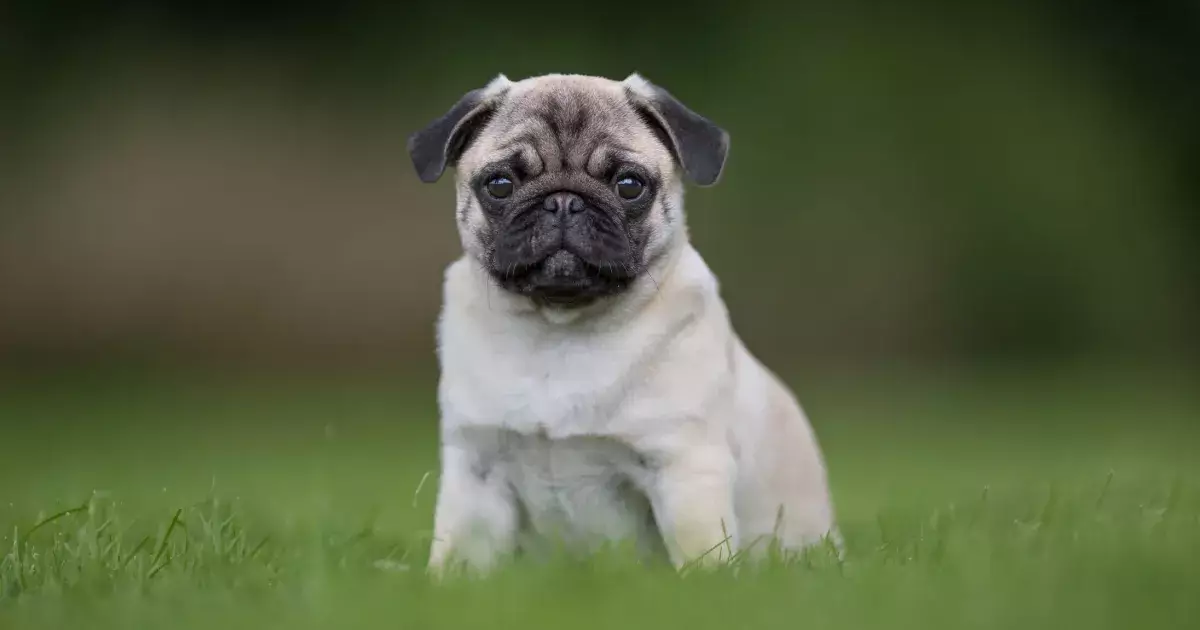Pugs have carved out an indelible niche in the hearts of dog lovers around the world. Their blend of charm, playfulness, and intelligence makes them not just lovable companions, but also icons in the canine world. This article delves into the fascinating history, endearing traits, care requirements, and more about Pugs, offering insights for potential pet owners and enthusiasts alike.
To understand the appeal of Pugs today, one must first consider their rich historical context. The breed traces its lineage back over 2,000 years, originating in ancient China around 400 BC. With their small stature and noble demeanor, Pugs were cherished by Chinese emperors, often enjoying lives of luxury that included private palaces within royal courts. Their introduction to Europe ushered in an era of enhanced pride; they became favored pets in European nobility, especially among the courts of France and the Netherlands. Queen Victoria’s affection for Pugs further solidified their status in British society, making them emblematic of charm and companionship.
Pugs are most easily identified by their unique facial features—short snouts, round eyes, and signature wrinkles. These traits were a product of intentional breeding by ancient Chinese cultivators who attributed lucky meanings to the dog’s facial formations. However, while these features contribute to their appeal, they also necessitate more diligent care. The skin folds can trap moisture, leading to infections if not maintained. Additionally, their brachycephalic structure makes them susceptible to breathing problems, particularly in hot weather, raising important considerations for potential owners regarding environment and care routines.
While Pugs may seem small, their personalities are grand. These dogs are often described as affectionate and loyal companions who can enliven any household. While they enjoy energetic bursts of play, they are equally content to lounge on a couch, making them ideal for those with a more laid-back lifestyle. This low-energy disposition may mislead some into thinking Pugs are lazy, but in reality, they genuinely appreciate comfort—whether that means cozying up on a lap or napping in a sunbeam.
Their intelligence and eagerness to please make training manageable. With positive reinforcement—praise, treats, and focus—Pug puppies tend to learn quickly, albeit with a touch of stubbornness. Early socialization and command training are key in fostering well-mannered adult dogs, making Pugs a favorable option for novice dog owners who may feel apprehensive about the training process.
In response to growing concerns about the health of traditional Pugs, a new hybrid has emerged: the Retromop or Retro Pug. Through selective breeding with breeds like Jack Russell Terriers or Beagles, these dogs retain the distinctive appearance of Pugs while boasting slightly longer snouts for improved respiratory health. This innovative breeding aims to blend the signature characteristics of Pugs with enhanced physical well-being, appealing to those who desire a more robust canine companion.
Those considering bringing a Pug into their family will want to factor in the financial implications. Prices for Pug puppies from reputable breeders typically range from $800 to $2,000, influenced by aspects such as pedigree and location. However, adopting from a rescue organization offers a more budget-conscious solution, with fees generally between $100 and $500. Adoption often includes initial vaccinations, spaying or neutering, and health checks, presenting an affordable and compassionate alternative for prospective pet owners.
Contrary to the belief that their short coat equals low maintenance, Pugs shed surprisingly significantly. Regular brushing is necessary to manage their loose fur, which can present challenges for allergy sufferers. While they typically don’t require frequent grooming appointments, investing in quality brushes and cleaning tools is essential to maintain a fur-free living space.
As anyone who has interacted with a Pug knows, these dogs truly embody the spirit of joy and humor. Often likened to “clowns” in the dog world, they’re adept at eliciting laughter through their quirky antics, such as tail chasing and playful wobbling. Despite their noble heritage, Pugs possess a grounded nature, enriching the lives of families and individuals with their whimsical behaviors and captivating personalities.
Pugs are more than just adorable companions; they carry a legacy of history, charming traits, and numerous considerations for potential owners. Whether you’re captivated by their royal origins, endearing nature, or the laughter they bring, Pugs undoubtedly hold a special place in the canine kingdom.

